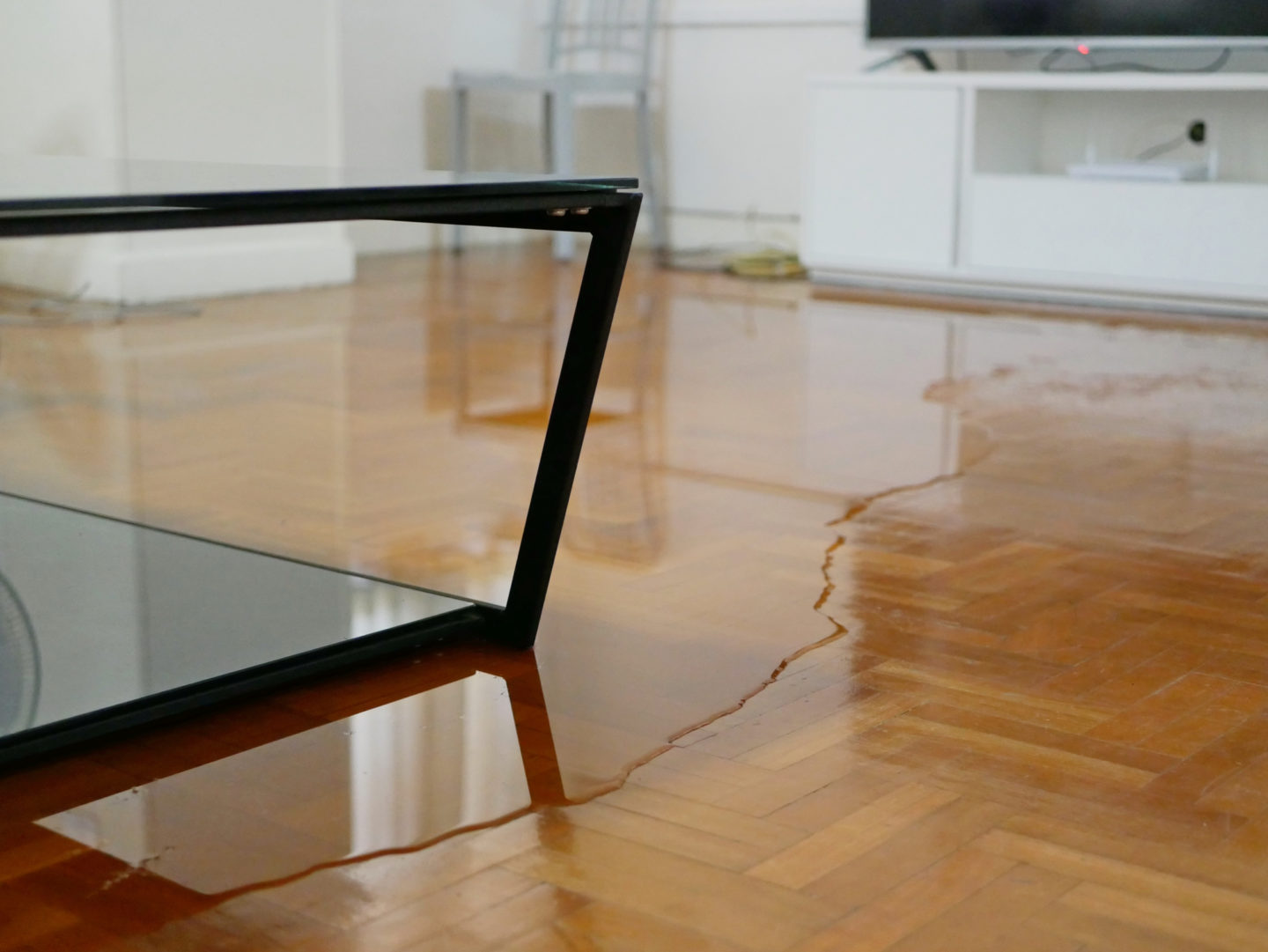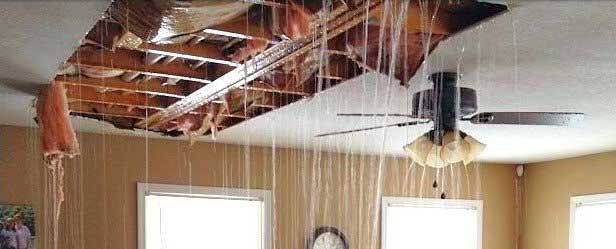Do's & Don'ts of Water Restoration.
Do's & Don'ts of Water Restoration.
Blog Article
We have come across this post about Ways to Reduce The Risk Of Fire And Water Damage below on the web and believe it made sense to talk about it with you in this article.

Water gives life, water invasion on parts where it's not meant to be can result in damages. Homes with water damage scent stuffy as well as old.
Water can originate from many resources such as hurricanes, floods, burst pipes, leakages, and also drain concerns. In case you experience water damage, it would certainly be great to understand some safety and security precautions. Below are a few standards on how to deal with water damage.
Do Prioritize Residence Insurance Policy Protection
Water damages from flood as a result of heavy winds is seasonal. Nevertheless, you can additionally experience an unexpected flood when a malfunctioning pipeline all of a sudden breaks into your house. It would be best to have home insurance coverage that covers both acts of God such as all-natural tragedies, and emergencies like damaged plumbing.
Don't Neglect to Turn Off Utilities
In case of a disaster, particularly if you live in a flood-prone location, it would be a good idea to turn off the main electrical circuit. This cuts off power to your entire home, avoiding electric shocks when water can be found in as it is a conductor. Furthermore, do not fail to remember to shut off the primary water line valve. Furnishings will certainly relocate about as well as trigger damage when floodwaters are high. Having the major valve shut down avoids additional damages.
Do Stay Proactive and also Heed Climate Signals
Tornado floodings can be really unpredictable. Remain ready as well as proactive if there is a history of flooding in your neighborhood. If you live near a creek, lake, or river , listen to discharge cautions. Get belongings from the very beginning as well as basement, then placed them on the greatest possible degree. Doing so minimizes possible property damage.
Do Not Neglect the Roof
You can avoid rain damages if there are no holes and leakages in your roof covering. This will certainly protect against water from moving down your walls as well as soaking your ceiling.
Do Focus On Small Leaks
A burst pipe does not take place overnight. Generally, there are red flags that suggest you have actually damaged pipes in your home. For instance, you might discover gurgling paint, peeling wallpaper, water streaks, water discolorations, or dripping noises behind the walls. Eventually, this pipe will burst. Ideally, you ought to not await things to escalate. Have your plumbing repaired before it causes substantial damage.
Don't Panic in Case of a Ruptured Pipe
Keeping your clearheadedness is crucial in a time of situation. Worrying will only intensify the trouble due to the fact that it will certainly suppress you from acting quick. Timing is crucial when it comes to water damage. The longer you wait, the more damages you can expect. Therefore, if a pipeline bursts in your home, immediately turned off your major water valve to cut off the resource. Disconnect all electric outlets in the area or turn off the circuit breaker for that component of the residence. Lastly, call a reputable water damage reconstruction specialist for help.
Water gives life, water intrusion on parts where it's not expected to be can result in damages. Houses with water damages odor old and also stuffy.
Water damage from flood charges to hefty winds is seasonal. You might see gurgling paint, peeling off wallpaper, water touches, water discolorations, or trickling audios behind the wall surfaces. When it comes to water damages, timing is crucial.
Some Do's & Don't When Dealing with a Water Damage
DO:
Make sure the water source has been eliminated. Contact a plumber if needed. Turn off circuit breakers supplying electricity to wet areas and unplug any electronics that are on wet carpet or surfaces Remove small furniture items Remove as much excess water as possible by mopping or blotting; Use WHITE towels to blot wet carpeting Wipe water from wooden furniture after removing anything on it Remove and prop up wet upholstery cushions for even drying (check for any bleeding) Pin up curtains or furniture skirts if needed Place aluminum foil, saucers or wood blocks between furniture legs and wet carpet Turn on air conditioning for maximum drying in winter and open windows in the summer Open any drawers and cabinets affected for complete drying but do not force them open Remove any valuable art objects or paintings to a safe, dry place Open any suitcases or luggage that may have been affected to dry, preferably in sunlight Hang any fur or leather goods to dry at room temperature Punch small holes in sagging ceilings to relieve trapped water (don't forget to place pans beneath!); however, if the ceiling is sagging extremely low, stay out of the room and we'll take care of it DO NOT:
Leave wet fabrics in place; dry them as soon as possible Leave books, magazines or any other colored items on wet carpets or floor Use your household vacuum to remove water Use TV's or other electronics/appliances while standing on wet carpets or floors; especially not on wet concrete floors Turn on ceiling fixtures if the ceiling is wet Turn your heat up, unless instructed otherwise

I ran across that blog posting about Simple Solutions To Preventing Fire And Water Damage To Your Home when doing a search on the search engines. So long as you enjoyed reading our blog post if you please don't forget to share it. We truly appreciate reading our article about 5 Home Safety Tips To Reduce The Risk Of Fire And Water Damage.
Report this page